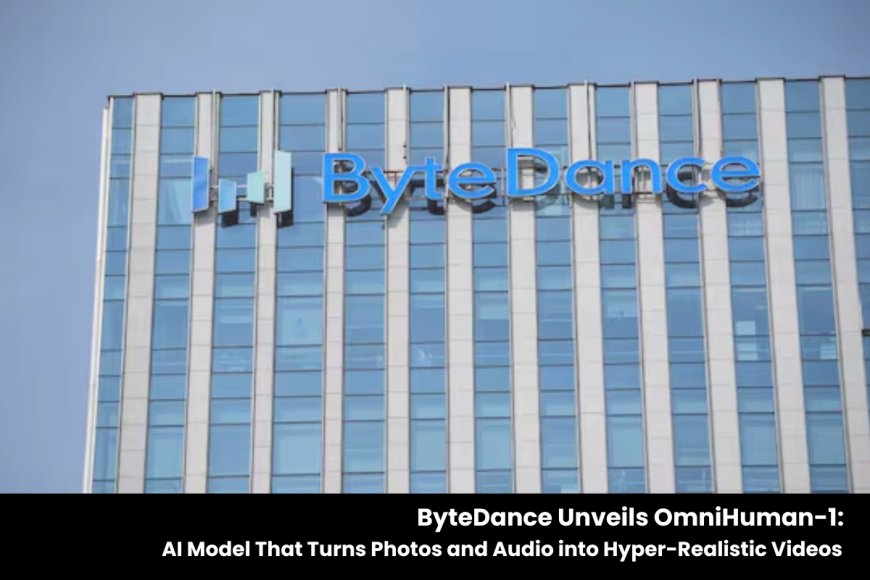China’s ByteDance Pushes AI Boundaries with OmniHuman-1, a Game-Changer in Video Generation
ByteDance’s OmniHuman-1 AI model stirs global attention with its ability to create ultra-realistic human videos, fueling discussions on AI’s future impact.

ByteDance, TikTok's parent company, has launched OmniHuman-1, a cutting-edge multimodal AI model capable of converting images and audio snippets into hyper-realistic films. According to ByteDance researchers, OmniHuman-1 beats previous audio-conditioned video-generation algorithms, highlighting China's expanding role in AI development.
This technology operates in the rapidly expanding deepfake domain, which is frequently tied to disinformation concerns. However, ByteDance describes OmniHuman-1 as a tool for creative applications such as teaching and virtual entertainment. The AI model creates lifelike facial emotions, lip movements, and gestures that match with speech or song, providing an unprecedented level of realism.
A fundamental feature of OmniHuman-1 is its *novel training strategy, which combines disparate datasets of text, voice, and motion. This method enables the model to generate videos with various aspect ratios and body proportions, spanning from close-up facial emotions to full-body animations. The results are astonishingly realistic, opening up new avenues for AI-powered content.
The announcement comes as global rivalry in AI heats up, with China making substantial progress despite efforts to slow it down. ByteDance's breakthroughs, as well as developments like DeepSeek, are posing a challenge to big technology players throughout the world.
Although OmniHuman-1 is not yet publicly available, sample footage has already gone viral. One remarkable example is a hyper-realistic reimagining of Albert Einstein making a speech, sparking debate about the future of AI-generated media and the ethical concerns associated with its use.
This article is based on information from "financialexpress.com"







